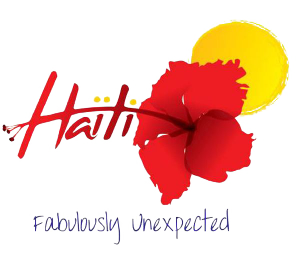This culturally rich destination with historic buildings and its own style of painting intrigues the most adventurous of travelers.
This exotic country, with fascinating castles, history, architecture, art, music and spiritual traditions, entrances visitors. For intrepid travelers intrigued by the country’s cultural offerings and natural beauty, Haiti offers an opportunity to experience an authentic culture free of commercialism.
Sharing the island of Hispaniola with the Dominican Republic, Haïti is shaped like a crab claw. The capital, Port-au-Prince, is located in the central region near the Gulf of Gonâve. Points of interest here include the Musée de Pantheon, which chronicles Haïti’s history; Place des Héros, the central square with government buildings and statues. Inside the Musée National is a treasure-trove of historical relics such as the suicide pistol used by King Henri Christophe in 1820. You’ll also see an anchor allegedly salvaged from Christopher Columbus’ famous Santa Maria.
For art lovers, the Museum of Haïtian Art features the nation’s famed art naïf paintings. Fine art galleries are located in Pétionville in the hills above the city, where most visitors choose to stay. This upscale district is home to international embassies, trendy restaurants, boutiques and nightclubs.
The Barbancourt Rum Distillery is another popular attraction, in operation since 1765 and based in a hillside castle. There is also Parc Historique de la Canne à Sucre, where you can learn about the history of the influence of Sugar Cane in Haïti.
The northern peninsula is a destination for history buffs, as it is filled with forts and ruins to explore. The Citadelle is arguably the most impressive; its 130-foot walls crown the 3,000-foot Pic la Ferrière. Begun in 1804, construction of the fortress took nine years and involved 20,000 men. In the valley sits Sans Souci, an elegant Versailles-style palace built in 1810. The two structures are part of a UNESCO World Heritage Site. Five additional forts overlook Cap-Haïtien’s harbor and the coastline.
Nature lovers are attracted to the southern peninsula’s high mountains and thundering waterfalls. Highlights include Bassin Bleu, a triple waterfall with deep pools, and Pic de Macaya, a 7,700-foot mountain populated by rare orchids and birds.
Étang Saumâtre, a blue saltwater lake east of Port-au-Prince, delights with more than 100 species of waterfowl. You’ll find flamingos and crocodiles too.
Entertainment available includes – Discos. Dinner/Dances. Theaters. Casinos. Nightclubs. Cinemas. Live music.
Air Canada. Air Caraibes, Air France. American Airlines. Copa Airlines. Cubana. Delta. Insel Air. interCaribbean Airways. United Airlines. Spirit Airlines.
International Airports: Aeroport International Toussaint Louverture. Port-au-Prince International Airport (PAP), located 5 miles from downtown.
Local airports: Cap Haïtien (northeast) and Port-de Paix (northwest). Jacmel (southeast of Haïti Pignon, center of Haiti). Jérémie (southwest or Grand Anse).
Citizens of the following four countries require a visa to enter Haïti:
– China
– Colombia
– Dominican Republic
– Panama
Others obtain their visitors permit upon their arrival at the airport in Port au Prince. N.B.A passport with a minimum of six (6) months of validity after the date of entry is required.
In Port-au-Prince: The Cathedral of Port-au-Prince. The Cathedral of St. Trinity. Musee du Pantheon National, Place des Heros de l’Independence. ‘In Boutilliers (3000 ft) panoramic view of Port-au-Prince and the Bay of La Gonave’.
In the Côte des Arcadins: Moulin sur Mer Museum.
In Cap-Haitien: Citadelle LaFerrière. Palais Sans-Souci. Colonial Architecture.
In Jacmel: Bassin Bleu. Manoir Alexandra. Colonial Architecture. Handicraft. La Petite Batterie. Ile à Vache. Port Salut
Documents required – Birth Certificate. Blood test. Proof of divorce if applicable.
SHARE THE LOVE





